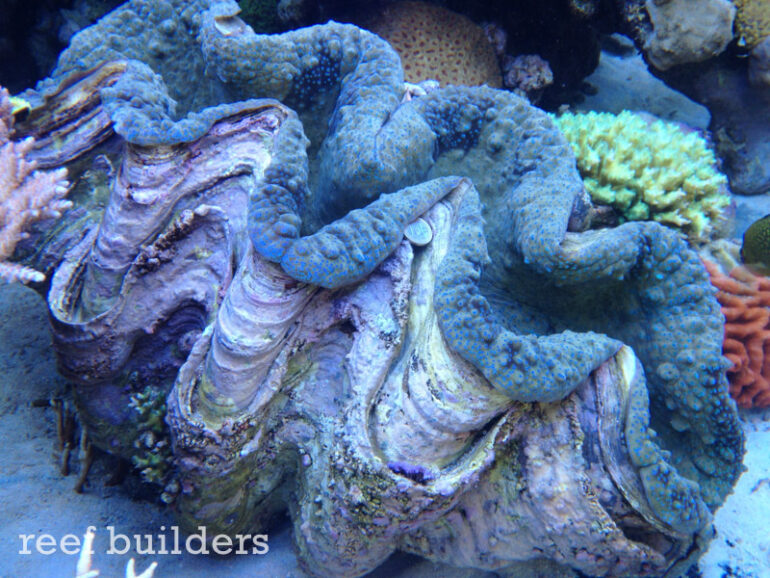A study into the effects of increased seawater temperatures on Giant Clams has shown that it not only causes massive mortalities but also directly affects survivors’ reproductive performance.
In a paper published last year, researchers monitored the direct impacts of bleaching over six months on Giant clams in the Philippines. The findings were depressing, with greater than 50% of the severely bleached clams having empty gonads:
“A continuous 6-month monitoring of egg concentration, egg stage, egg size, recovery, and survival in prolonged bleached (moderate or severe) and non-bleached hatchery-bred T. gigas maintained in the wild was conducted.”
“The probability of producing eggs and the proportion of intact eggs (developing and mature) were highest in healthy giant clams, followed by moderately bleached giant clams, and lowest in severely bleached giant clams in which >50% individuals had empty gonads.”
“The oocyte mean diameter was similar among giant clams, regardless of degree of bleaching. Only 5 severely bleached giant clams showed partial color recovery, whereas 2 healthy and 12 severely bleached giant clams died.”
“This study shows that apart from the lethal effects of severe bleaching, the reproductive processes of surviving bleached T. gigas such as gametogenesis and egg production can be also negatively affected.”
“Results suggest that the increasing frequency and intensity of bleaching due to thermal stress can lower the reproductive potential of giant clams and likely other zooxanthellate organisms, resulting in reduced recruitment and population decline.”
Citation
To access the full paper go to Sayco SLG, Cabaitan PC, Kurihara H (2023) Bleaching reduces reproduction in the giant clam Tridacna gigas. Mar Ecol Prog Ser 706:47-56. https://doi.org/10.3354/meps14251



